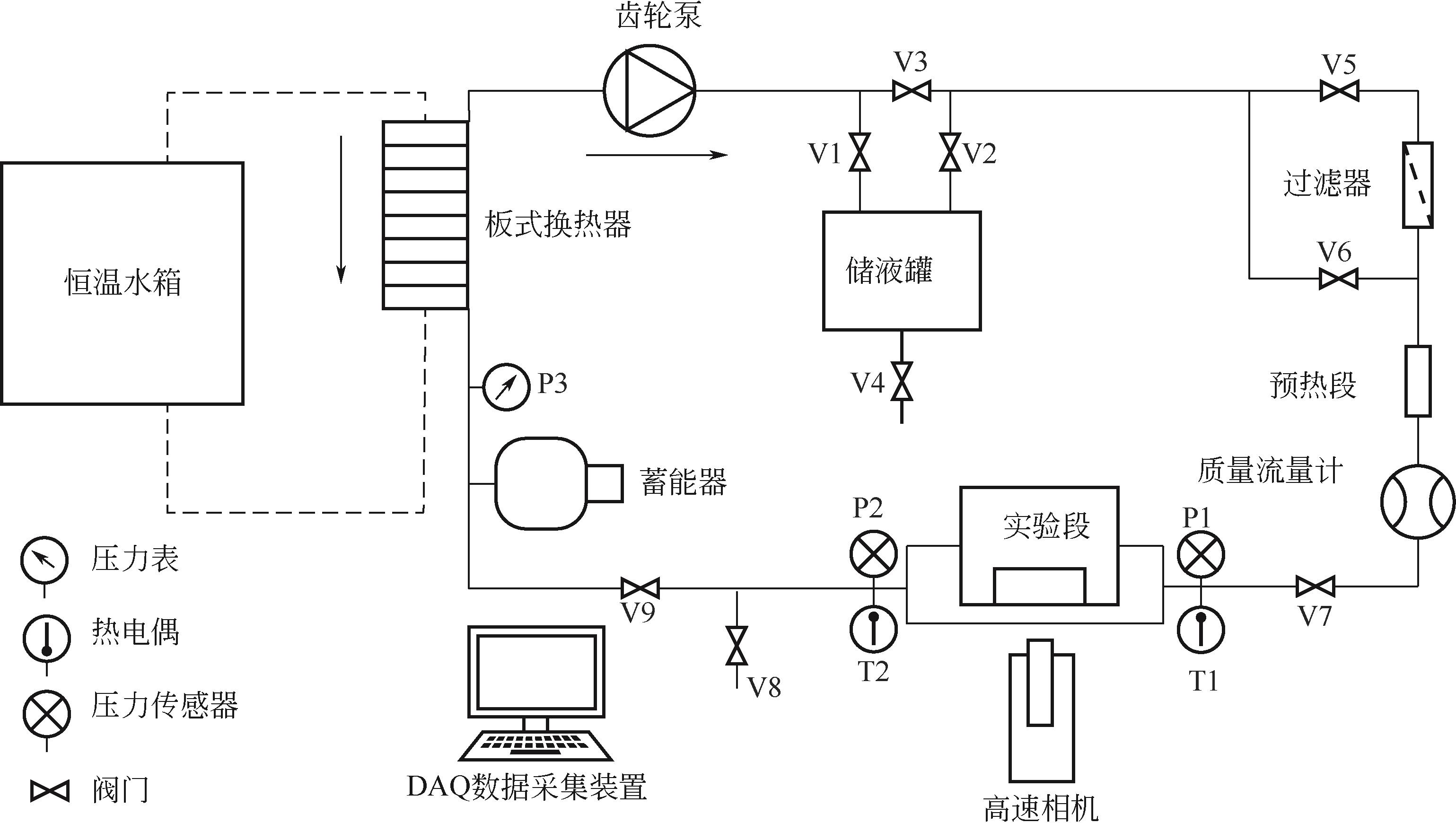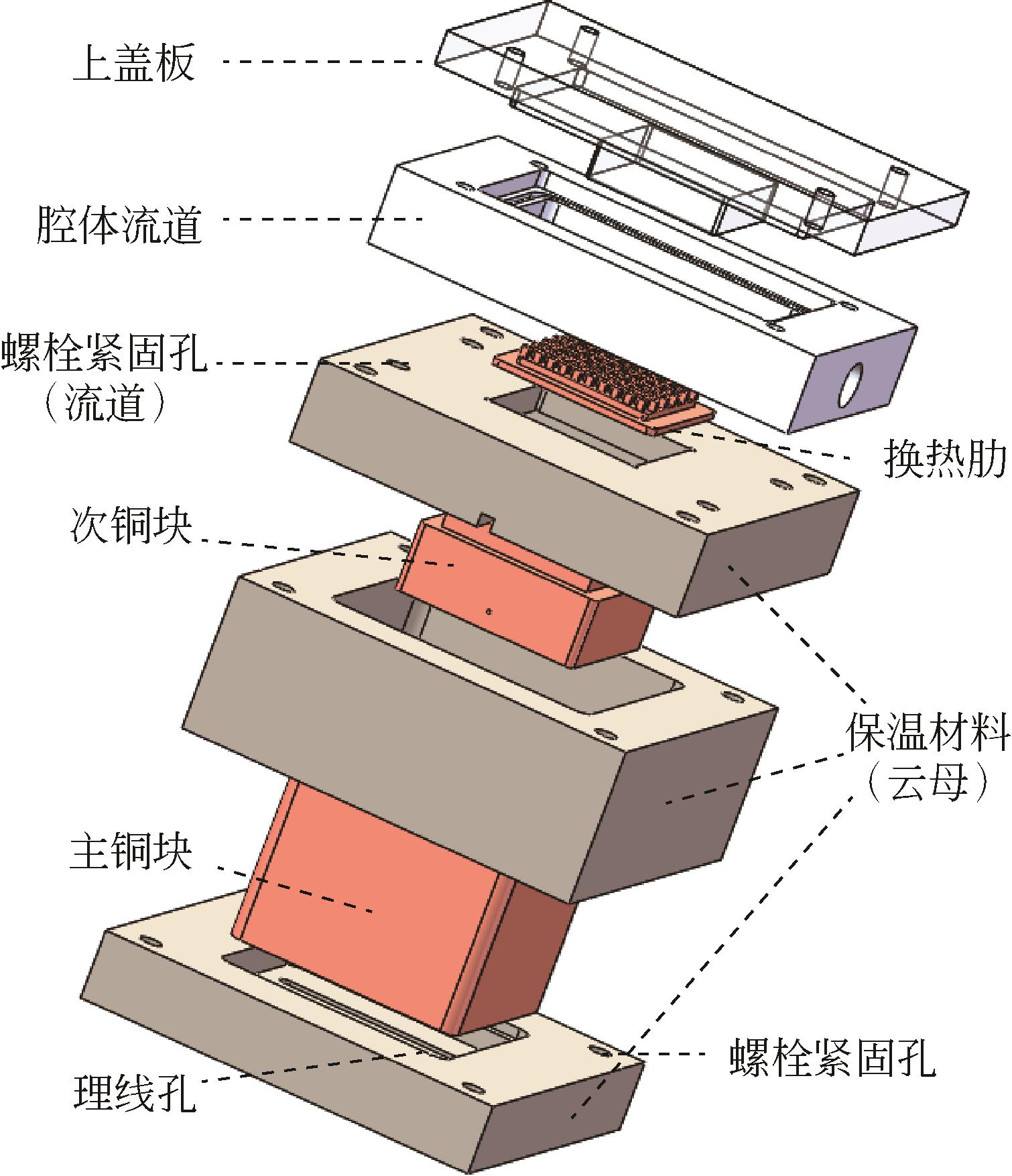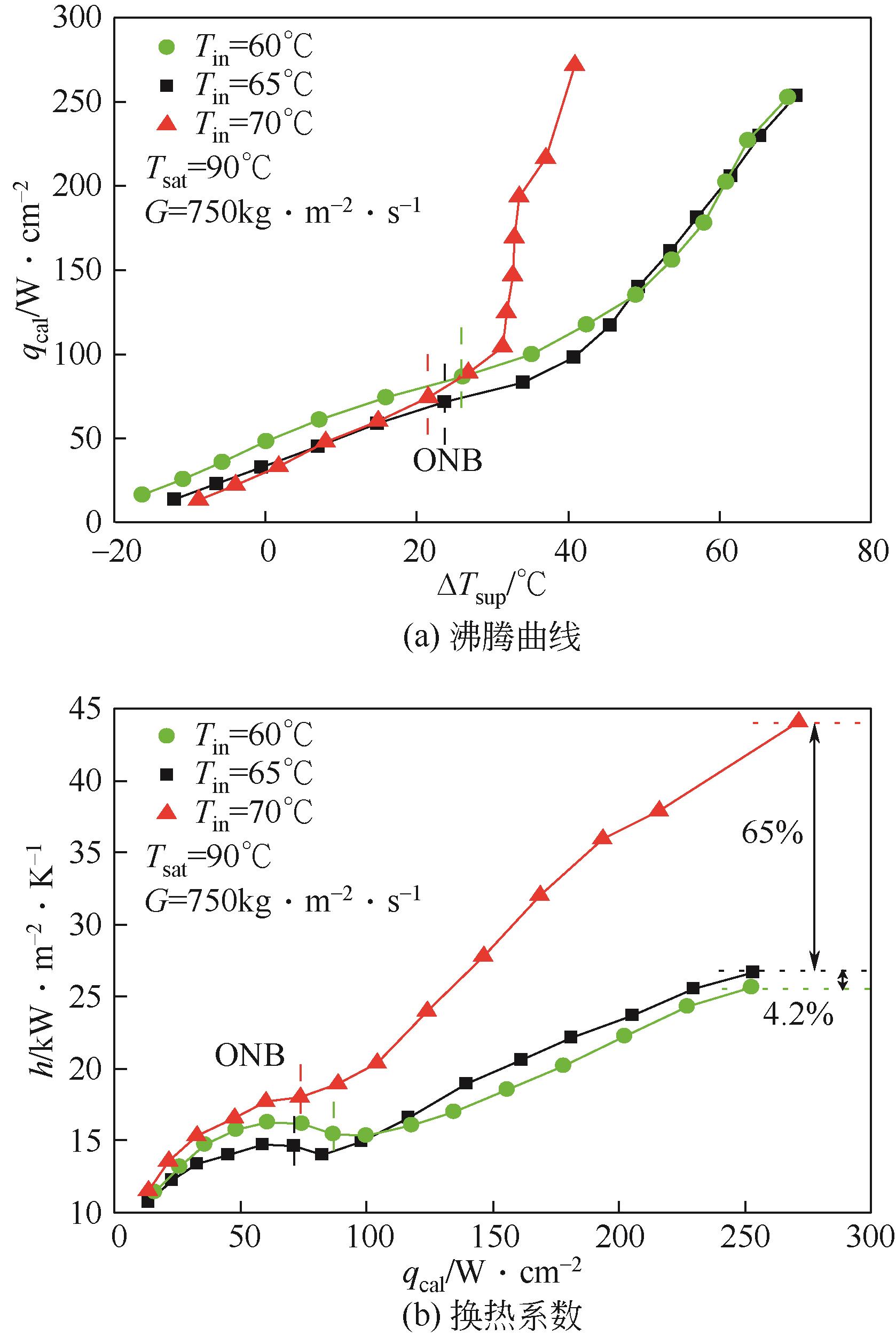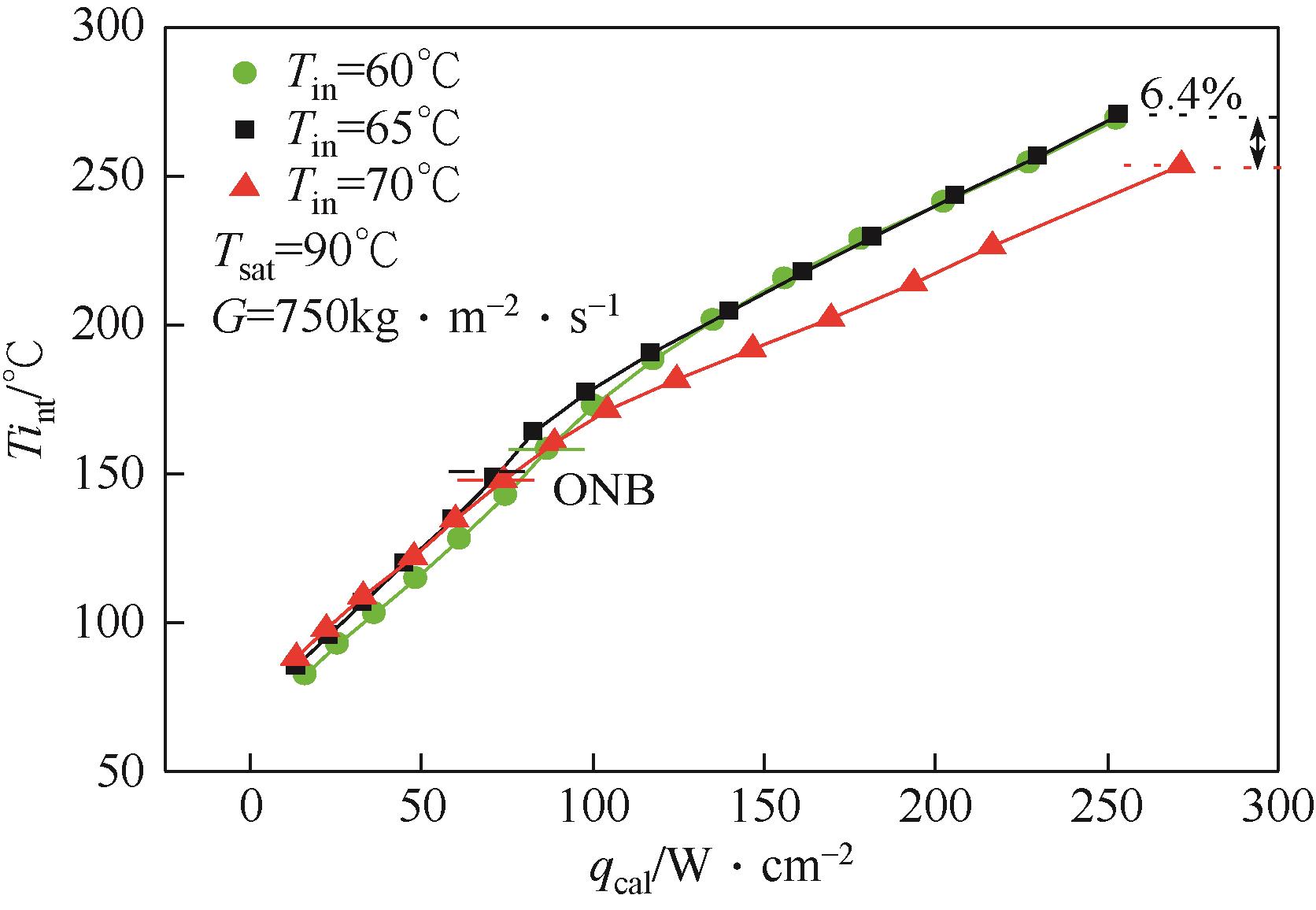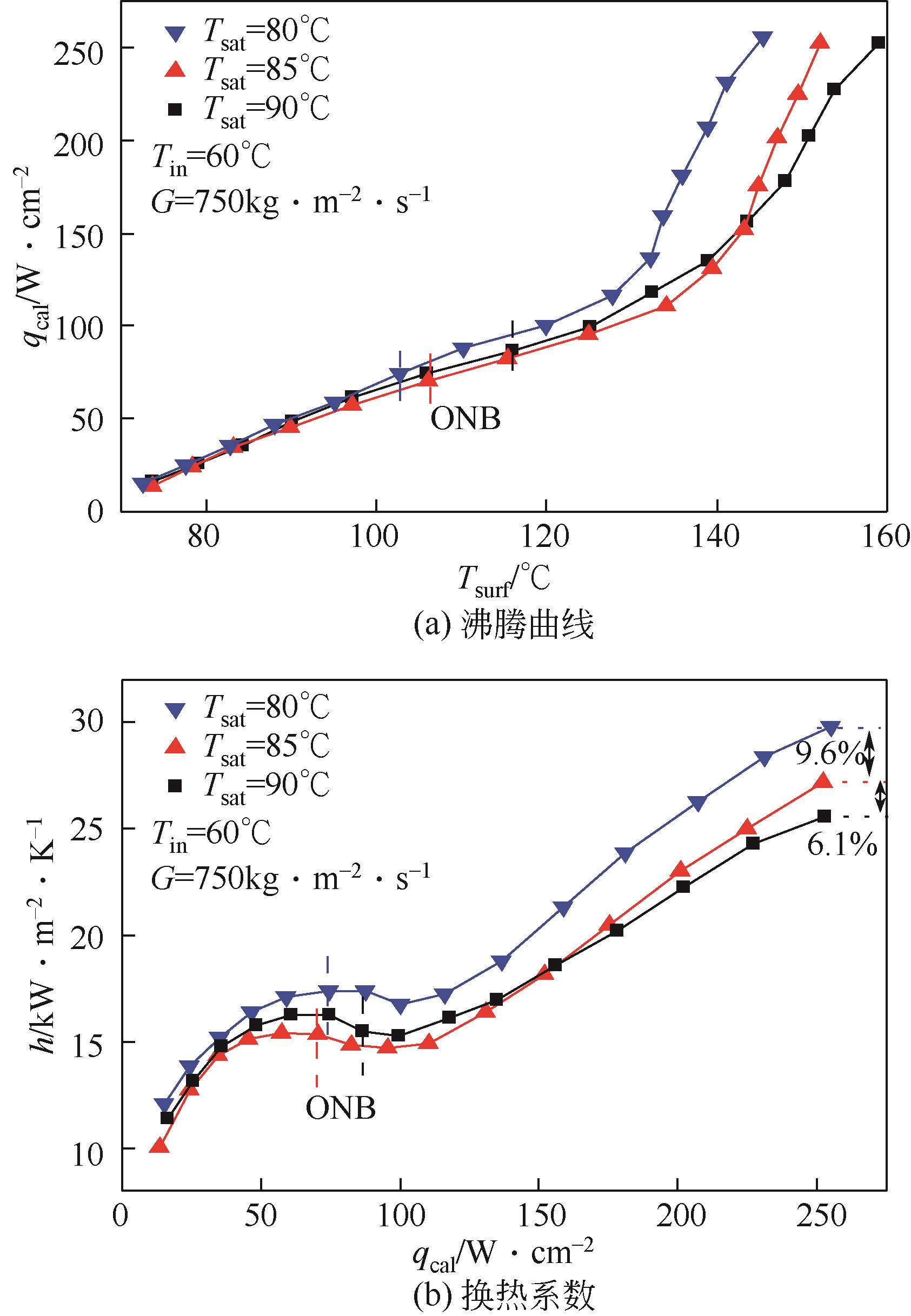| 1 |
SAISORN S, WONGWISES S. The effects of channel diameter on flow pattern, void fraction and pressure drop of two-phase air-water flow in circular micro-channels[J]. Experimental thermal and fluid science, 2010, 34(4): 454-462.
|
| 2 |
SALAH S, FILALI E G, DJELLOULI S. Numerical investigation of Reynolds number and scaling effects in microchannels flows[J]. Journal of Hydrodynamics, 2017, 29(4): 647-658.
|
| 3 |
KANDLIKAR S G. Fundamental issues related to flow boiling in minichannels and microchannels[J]. Experimental Thermal and Fluid Science, 2002, 26(2/3/4): 389-407
|
| 4 |
HAN X, FEDOROV A, JOSHI Y. Flow boiling in microgaps for thermal management of high heat flux microsystems[J]. Journal of Electronic Packaging, 2016, 138(4): 040801
|
| 5 |
KRISHNAN R A, BALASUBRAMANIAN K R, SURESH S. Experimental investigation of the effect of heat sink orientation on subcooled flow boiling performance in a rectangular microgap channel[J]. International Journal of Heat and Mass Transfer, 2018, 120: 1341-1357
|
| 6 |
YIN L, XU R, JIANG P, et al. Subcooled flow boiling of water in a large aspect ratio microchannel[J]. International Journal of Heat and Mass Transfer, 2017, 112: 1081-1089.
|
| 7 |
YIN L, CHAUHAN A, RECINELLA A, et al. Subcooled flow boiling in an expanding microgap with a hybrid microstructured surface[J]. International Journal of Heat and Mass Transfer, 2020, 151: 119379.
|
| 8 |
LI J, LIN Y, ZHOU K, et al. Subcooled flow boiling on micro-porous structured copper surface in a vertical mini-gap channel[J]. Journal of Thermal Science and Engineering Applications, 2020, 12(6): DOI: 10.1115/MNHMT2019-3934.
|
| 9 |
HU X, WANG Y, LI S, et al. Investigation on subcooled flow boiling heat transfer characteristics in ICE-like conditions[J]. Open Physics, 2021, 19(1): 413-425
|
| 10 |
YU W, HULL J R, FRANCE D M, et al. Small-channel flow boiling of one-component fluids and an ethylene glycol/water mixture[J]. Experimental Heat Transfer, 2005, 18(4): 243-257.
|
| 11 |
YU W, FRANCE D M, SINGH D, et al. Experimental investigation of subcooled flow boiling of a 50/50 ethylene glycol/water mixture in finned rectangular aluminum channels[J]. Experimental Heat Transfer, 2018, 31(6): 482-494.
|
| 12 |
YU W, FRANCE D M, ZHAO W, et al. Subcooled flow boiling heat transfer to water and ethylene glycol/water mixtures in a bottom-heated tube[J]. Experimental Heat Transfer, 2016, 29(5): 593-614.
|
| 13 |
KIM J, LEE J S. Numerical study on the effects of inertia and wettability on subcooled flow boiling in microchannels[J]. Applied Thermal Engineering, 2019, 152: 175-183.
|
| 14 |
WOJTASIK K, RULLIÈRE R, KROLICKI Z, et al. Subcooled boiling regime map for water at low saturation temperature and subatmospheric pressure[J]. Experimental Thermal and Fluid Science, 2020, 118: 110150.
|
| 15 |
COLGAN N, BOTTINI J L, MARTÍNEZ-CUENCA R, et al. Experimental study of critical heat flux in flow boiling under subatmospheric pressure in a vertical square channel[J]. International Journal of Heat and Mass Transfer, 2019, 130: 514-522.
|
| 16 |
YIN C P, YAN Y Y, LIN T F, et al. Subcooled flow boiling heat transfer of R-134a and bubble characteristics in a horizontal annular duct[J]. International Journal of Heat and Mass Transfer, 2000, 43(11): 1885-1896.
|
| 17 |
CHANG W R, CHEN C A, KE J H, et al. Subcooled flow boiling heat transfer and associated bubble characteristics of FC-72 on a heated micro-pin-finned silicon chip[J]. International Journal of Heat and Mass Transfer, 2010, 53(23/24): 5605-5621.
|
| 18 |
WANG J, LU K, LU S, et al. Experimental study on ceiling temperature profile of sidewall fires at reduced pressure in an aircraft Cargo compartment[J]. Experimental Thermal and Fluid Science, 2017, 82: 326-332.
|
| 19 |
COLGAN N, BOTTINI J L, OOI Z J, et al. Experimental study of wall nucleation characteristics in flow boiling under subatmospheric pressures in a vertical square channel[J]. International Journal of Heat and Mass Transfer, 2019, 134: 58-68.
|
| 20 |
RAHIMI-AHAR Z, HATAMIPOUR M S, GHALAVAND Y, et al. Comprehensive study on vacuum humidification-dehumidification (VHDH) desalination[J]. Applied Thermal Engineering, 2020, 169: 114944.
|
| 21 |
XIONG Z, YE C, WANG M, et al. Experimental study on the sub-atmospheric loop heat pipe passive cooling system for spent fuel pool[J]. Progress in Nuclear Energy, 2015, 79: 40-47.
|
| 22 |
MOFFAT R J. Describing the uncertainties in experimental results[J]. Experimental Thermal and Fluid Science, 1988, 1(1): 3-17.
|
| 23 |
JAYARAMU P, GEDUPUDI S, DAS S K. An experimental investigation on the influence of copper ageing on flow boiling in a copper microchannel[J]. Heat Transfer Engineering, 2020, 41(4): 333-350.
|
| 24 |
JAYARAMU P, GEDUPUDI S, DAS S K. Experimental investigation of the influence of boiling-induced ageing on high heat flux flow boiling in a copper microchannel[J]. International Journal of Heat and Mass Transfer, 2021, 181: 121862.
|
| 25 |
SEONG J H, WANG C, PHILLIPS B, et al. Separate effect of oxidation on the subcooled flow boiling performance of Zircaloy-4 at atmospheric pressure[J]. International Journal of Heat and Mass Transfer, 2022, 188: 122620
|
 ), MIAO Tianze2, ZHANG Chaoyang3, HONG Fangjun1(
), MIAO Tianze2, ZHANG Chaoyang3, HONG Fangjun1( ), WANG Dahai1
), WANG Dahai1
 ), 苗天泽2, 张朝阳3, 洪芳军1(
), 苗天泽2, 张朝阳3, 洪芳军1( ), 汪大海1
), 汪大海1
